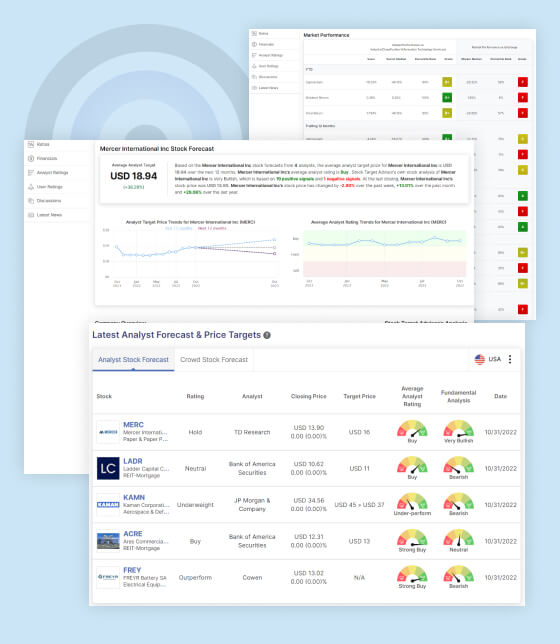Bank stocks are more than just financial assets; they are an important part of the economy as a whole and give investors a chance to own a piece of the financial companies that keep economies running. If you want to buy in bank stocks, you should know a lot about how these institutions are categorized by their size and function. Managing the complex banking industry involves understanding the risks and opportunities, which vary depending on the institution’s size and business activities.
In this article, we’ll guide you through the various categories of bank stocks, from national giants to local community players, and provide you with the top strategies to invest in this sector for both growth and stability in 2024.
Classification of Bank Stocks:
Bank stocks can be broadly categorized based on two primary factors.
- Size of the Bank
- Core Business of the Bank
Size classifications include national banks, which are the largest and operate across entire countries; regional banks, which serve specific areas or regions; and community banks, which focus on smaller, localized markets.
Additionally, banks can be categorized by their core business functions: investment banks, which are involved in wealth management and financial markets; commercial banks, which primarily deal with business clients and corporate finance; and retail banks, which serve individual consumers with personal banking services.
National Banks:
National banks are major players in the banking industry, managing over $100 billion in assets. They operate across the country, offering a wide range of financial services. For example, JPMorgan Chase & Co. and Bank of America are prominent national banks in the United States known for their extensive operations and service diversity.
Regional Banks:
Regional banks generally manage assets between $10 billion and $100 billion. They focus on providing financial services within specific regions, allowing them to tailor their offerings to the local market. Examples include Fifth Third Bank and Regions Financial Corporation, which operate primarily in the Midwest and Southern United States, respectively.
Community Banks:
Community banks are smaller institutions, managing less than $10 billion in assets. They serve specific metropolitan areas or regions of a state, offering more personalized banking relationships. An example is Cape Cod Five Cents Savings Bank, which operates in Massachusetts and Eagle Bancorp Inc that is Based in Maryland.
Investment Banks:
Investment banks specialize in services like wealth management, mergers, and initial public offerings (IPOs). Goldman Sachs and Morgan Stanley are examples of investment banks known for their advisory services and large-scale financial transactions.
Commercial Banks:
Commercial banks focus on business customers, offering services such as business accounts and loans. Citigroup and Wells Fargo are examples of commercial banks that cater extensively to business entities of varying sizes.
Retail Banks:
Retail banks provide everyday financial services to the general public, including checking and savings accounts, credit cards, and personal financial advice. Examples include PNC Financial Services Group and TD Bank, which emphasize personal banking and customer service.
Pros of Investing in Bank Stocks:
When considering investing in bank stocks, there are several compelling reasons to do so.
1. Profitability Boost from Higher Interest Rates:
One significant benefit of investing in bank stocks is their potential to reap the rewards of higher interest rates. Non-investment banks can capitalize on increased interest rates by earning more from the interest charged on loans. This can significantly enhance their profitability, making bank stocks an appealing investment option for those seeking potential financial gains.
2. Dividend Payments for Income-Seeking Investors:
Many banks have a long-standing track record of consistently paying dividends. This makes bank stocks an attractive option for income-seeking investors who are looking for a reliable source of passive income. The stability and predictability of dividend payments from bank stocks can provide a sense of security and steady financial returns for investors.
Read More: Best Dividend Stocks
Cons of Investing in Bank Stocks
There are several drawbacks to consider when investing in bank stocks and some of them are explained below.
1. Conflicts with Personal Values:
One potential concern is the conflict that may arise between personal values and the practices of certain banks. For instance, some investors may object to supporting banks involved in controversial investments or industries.

2. Performance in Bear Markets:
Another factor to consider is the performance of bank stocks during bear markets. Investment banks, in particular, may experience limited performance during these periods due to decreased capital market activities. This can be a disadvantage for investors looking for stable returns in all market conditions.
3. Regulatory Risks:
Regulatory risks also pose a potential downside to investing in bank stocks. Banks are subject to heavy regulation, and any shifts in government policy can have a significant impact on their operations and profitability. This adds an element of uncertainty and potential volatility to an investment portfolio.
Ways to Purchase Bank Stocks
Following are the different ways to buy Bank stocks.
1. Opening a Brokerage Account:
To invest in bank stocks, one of the first steps an investor needs to take is opening a brokerage account. Brokerage firms offer a variety of accounts with different features that cater to the needs of both novice and experienced investors. Some popular firms are Bank of America and J.P. Morgan etc. Once the account is set up, investors can search for and invest in the stocks of banks that align with their financial goals and investment strategy.
Read More: How many shares should you buy to make a profit?
2. Bank ETFs vs. Individual Stocks:
When deciding how to invest in bank stocks, one major consideration is whether to purchase individual stocks or invest in bank-focused ETFs (exchange-traded funds). Choosing individual bank stocks allows investors to tailor their portfolios to include specific banks that they believe have strong potential for growth or stability.
On the other hand, bank ETFs provide a way to invest in a diversified portfolio of bank stocks through a single transaction. ETFs are managed by professionals who select a range of stocks from within the banking sector.
Conclusion:
Buying bank stocks takes a deep understanding of how the banking industry is structured and the many things that affect how it works. Investors can successfully survive in the complicated world of banking by carefully studying the above-mentioned factors and picking the right buying strategies.
Muzzammil is a content writer at Stock Target Advisor. He has been writing stock news and analysis at Stock Target Advisor since 2023 and has worked in the financial domain in various roles since 2020. He has previously worked on an equity research firm that analyzed companies listed on the stock markets in the U.S. and Canada and performed fundamental and qualitative analyses of management strength, business strategy, and product/services forecast as indicated by major brokers covering the stock.






























